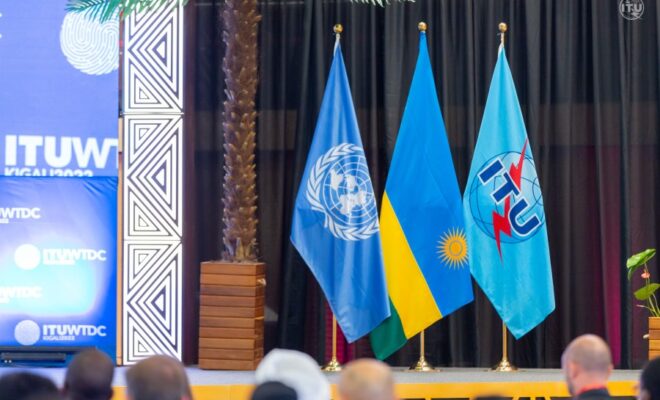The World Telecommunication Development Conference (WTDC) was held this past Summer in Kigali, Rwanda. For two weeks, over 1,800 delegates from 150 different countries met to discuss tackling the monumental task of connecting the people in the world who are currently offline. The event, under the theme “Connecting the unconnected to achieve sustainable development,” was put on by the International Telecommunication Union (ITU), the 157 year old United Nations specialized agency for information and communication technologies. It is the most important organization almost no one has heard of. I was honored to participate in the conference on the U.S. delegation as a private sector volunteer with the U.S. Department of State, representing NATE: The Communications Infrastructure Contractors Association. I set off with a self-imposed goal of finding out from the various delegations just what the largest hurdles are that they see in their nations which must be overcome in order to connect the unconnected. Through those discussions, I uncovered a wide range of reasons, from lack of power resources, fiber optic accessibility, skilled labor availability, to wars or religious and cultural barriers. As those issues are overcome, there is a tremendous opportunity for development and to help spur economic growth in some of the most impoverished places on Earth.

The event took place at the Kigali Convention Center, an impressive venue with all the modern amenities one would expect for a conference that size. The WTDC is held every four years, but this was the first time it was held on the African continent, which represents a sizeable portion of the global unconnected people. The Rwandan government pulled out all the stops to ensure a successful conference. Rwandan President Paul Kagame opened the event with a welcoming speech, “The numbers speak for themselves. One third of the world remains offline,” President Kagame said, “The responsibility to shape the future of the digital economy, and ensure no one is left behind, lies with us, and all of us working together. No company, country, or institution has the resources to do it alone.”
Since the last WTDC held 5 years ago, delayed by a year due to the global response to COVID, an additional 1.5 billion new users have been brought online, but still leaving approximately 2.9 billion people in the world without meaningful access to the internet. However, it is not just infrastructure needed, but there are also social issues to overcome. In places in the developing world that do have the infrastructure to provide mobile internet, I came to find out women remain 7% less likely than men to own a mobile phone, and are 16% less likely to use mobile internet overall, a gap which is even more apparent in South-East Asia according to data from the GSM Association, where the percentage exceeds 40%, representing a loss of nearly a billion potential subscribers.
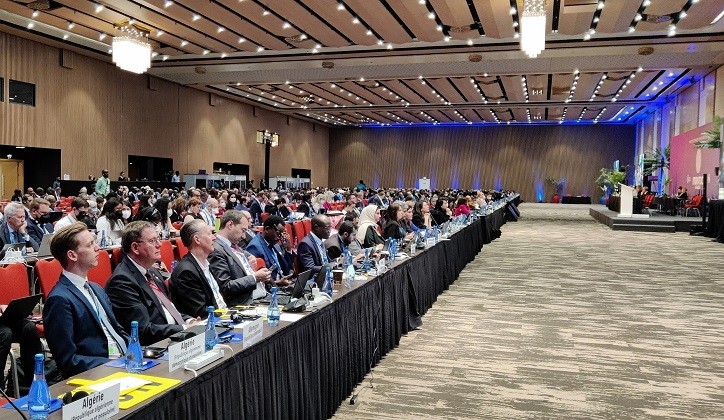
A large focus of the conference, particularly for the U.S. delegation, was regarding an election that is currently going on within the ITU for the top position of Secretary General. The United States is running a candidate, and so is Russia, the strongest opponent to the U.S. in the race. Right now, China’s Houlin Zhao holds the seat, who is about to pass the torch at the end of his second term. The U.S. candidate, Doreen Bogdan-Martin, was hard at work at the event as current Director of the Telecommunication Development Bureau for the ITU. The Russian candidate, Rashid Ismailov, was not in attendance, but that didn’t stop the conflict between the two parties from being apparent throughout the event. Various resolutions and back and forth unproductive discussions regarding Russia occupied much of the time. Russia sent a small delegation, as did Ukraine, leading to occasional contentious moments, but the conference stayed on track focused on the task at hand. In the end, the only concrete resolution that was passed related to Russia, was to prohibit them from running candidates for some of the lesser positions within the ITU. The election for the head position will be held this fall.
The highlight of the conference was the Partner2Connect (P2C) portion of the event, where stakeholders from various nations and companies made pledges to help bridge the digital divide. The pledges ranged from conducting training, building infrastructure, and engaging in other efforts to connect the unconnected, representing an estimated monetary value of over $25 billion. Just some examples of the over 400 pledges included; French carrier Orange pledged to invest nearly $6 billion in 16 countries in the Middle East and Africa over a four year period to increase voice and data coverage. British multinational telecommunications company Vodafone pledged to invest $190 million in expanding 4G coverage to an additional 80 million people in Africa over the next five years, and the government of Tanzania pledged $30 million in subsidies to telecommunication operators to expand their infrastructure in rural, unserved, and underserved areas in the country. The pledges covered a variety of challenges the world is facing regarding connectivity, demonstrating the complexity of the task at hand.
When I posed the question “What challenges do you see to connecting the unconnected?” to the various delegations, one of the overwhelmingly recurring answers I heard, aside from the obvious financial constraints, was the availability of power. Many nations in the developing world lack a reliable power grid. In Nigeria, over 90 million people, around 45% of the population, do not have access to grid electricity according to the World Bank. In the Democratic Republic of the Congo (DRC), only around 19% of the DRC’s 89 million people have access to electricity; approximately 41% in urban areas and only 1% in rural areas. In South Sudan, only 7.2% of the country’s entire population had access to electricity as of 2020, leaving 92.8% in the dark. According to statistics released by the World Bank on global access to electricity, out of the bottom 25 countries, all with less than half the population having access to electricity, 24 of them are in Africa.
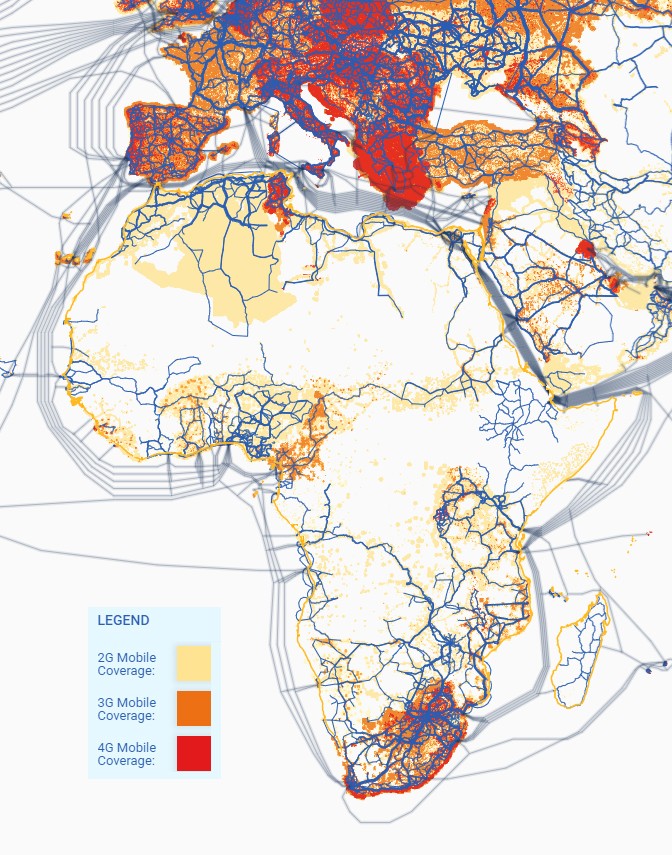
Access to the global fiber optic network is an additional challenge that was a recurring answer I heard. The fiber optic lines coming into Africa are submarine. Therefore, access largely is limited to the coastal regions around the continent, with limited lines penetrating into the central part. The ITU maintains an interactive map showing the location of fiber optic lines as well as 2G, 3G, 4G, and 5G coverage in the world. Large swaths of central Africa, in heavily populated areas, are blank spots on the map when it comes to fiber optic lines or even so much as 2G mobile coverage.
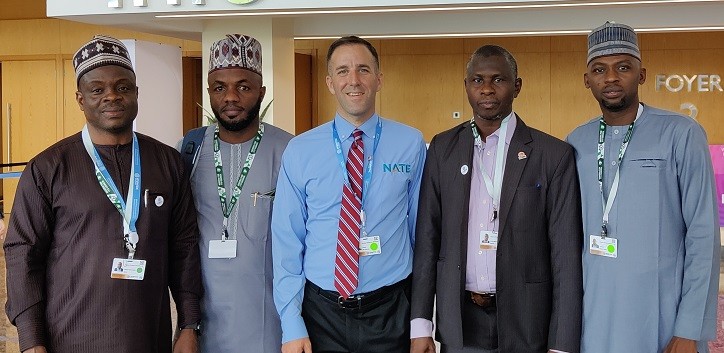
In addition to infrastructure needs, there are also socio-economic issues that must be addressed. When I asked the question to Tomas Lamanauskas, Candidate from Lithuania for the ITU’s number two position, Deputy Secretary General, of just what he has seen as hurdles to connecting the unconnected, he highlighted the fact that when looking at the unconnected people of the world overall, not only in Africa, the majority are actually covered by relevant networks, but lack the financial means to access them. “There are issues beyond extending infrastructure that need to be addressed – in particular, affordability,” which is still a major issue, particularly in the developing world. He also reiterated the demand for digital skills which will be needed at every level from developing and maintaining the networks, to the users bringing that connectivity to its full potential, and highlighted the importance of public-private partnerships. “People are eager to come together. The number of participants and industry decision makers gathered in Kigali is a clear demonstration to that, and they, both governments and the private sector, are ready to partner,” Lamanauskas said. Executive Director of the Uganda Communications Commission (UCC), Irene Sewankambo, mentioned some of the socio-economic challenges facing her nation as well, especially in the remote areas with very low population density and low-income households, often without electricity. She emphasized the importance to educate the population to appreciate the benefits of incorporating telecommunication services into their basic daily lives. Some members of the rural communities have an apprehensiveness towards getting connected, “Technology can also be scary – the perception of complexity of the cyber world,” as well as the growing sophistication of online cyber criminals and scams. “Building trust and confidence is therefore also key to fostering the utilization of telecommunications,” she said.
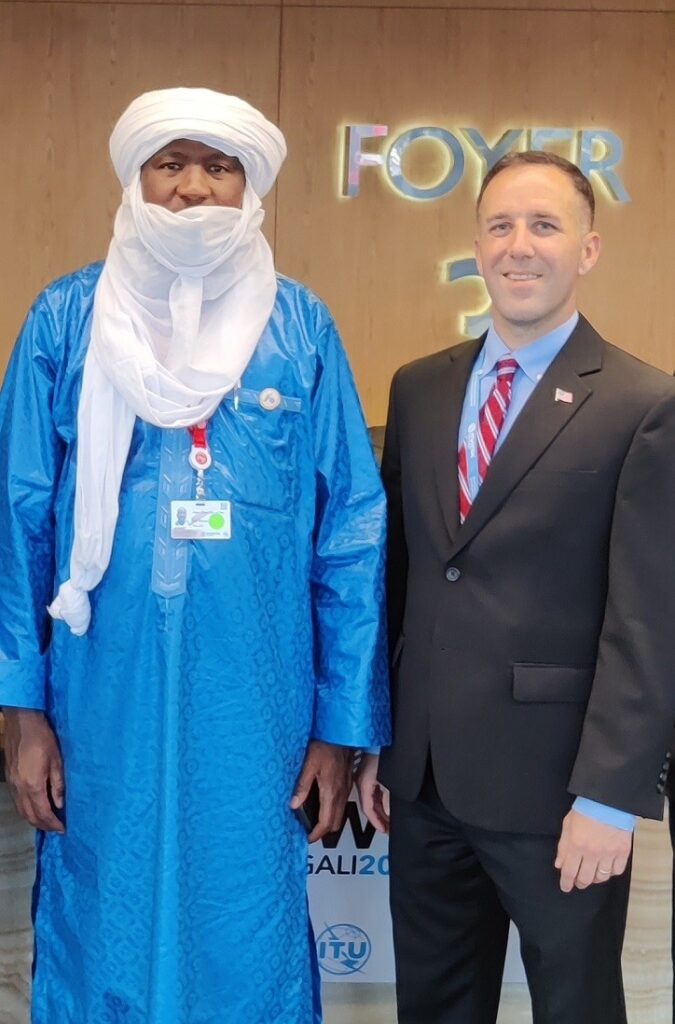
The challenge of having workers with the proper skillset is something I heard from almost every delegation, especially those in Africa. It is one of the largest hurdles, and I would argue it is the foundation on which all other hurdles to connecting the unconnected can begin to be overcome. Workers will pursue the opportunities to get the networks built. Through innovations to increase efficiency, along with competition and the economic benefits of being connected, availability and affordability issues begin to be resolved. The demand for power and fiber infrastructure to support the industry also grows in tandem with consumer demand, and in the aggressive pursuit of market share, carriers find ways to market to underserved communities to overcome social hurdles. Speaking with Dr. Bilel Jamoussi, Chief of the Study Groups Department at the ITU, he suggested a good solution to the problem of satisfying the demand for skilled telecom workers in Africa would be to “team up with an established and stable nation, and train crews who can then go out into the rest of the continent.” This is an ideal solution given the current state of affairs in so many nations in Africa. It would not be logistically feasible to continuously fly in skilled crews from Europe or the United States to build Africa’s infrastructure, nor is it necessarily feasible to train crews in every single developing nation, some of which are within conflict zones or with otherwise unstable governments. Crews would return to their home base between jobs, where the skilled workforce can have the freedom to grow exponentially, and along with it the resources and logistics network within a stable environment to support the growth of telecommunication infrastructure in the region.
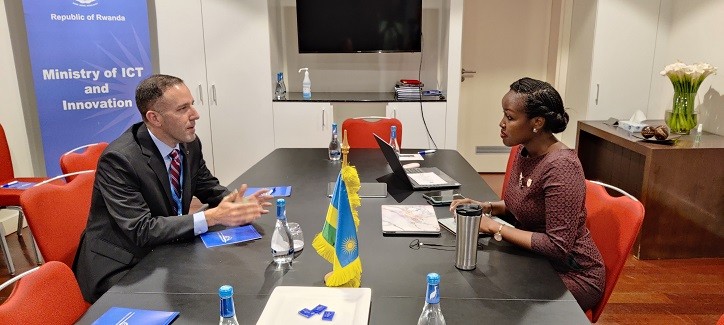
I sat down with Paula Ingabire, Rwanda’s Minister of Information and Communications Technology and Innovation, who highlighted how Rwanda can be the leading nation that others look to for help bringing connectivity to the unconnected populations in the region, “Rwanda is well positioned as a Pan-African hub for skilled telecommunication workers in Africa.” Minister Ingabire said, “As a regional leader in technology and innovation, we have the stability, the resources, conducive business & regulatory environment and a growing labor force needed to help connect the continent.” I told her how NATE’s one-thousand plus member companies contain the skills and resources who can help transform the region. She invited us to come to Rwanda to help them achieve that goal. We discussed the possibility of teaming up with trade schools in Rwanda’s capital city to develop a tower technician track, as well as additional “train the trainer” programs to make Rwanda that hub for professional and safe tower climbers and technicians for the whole of Africa.
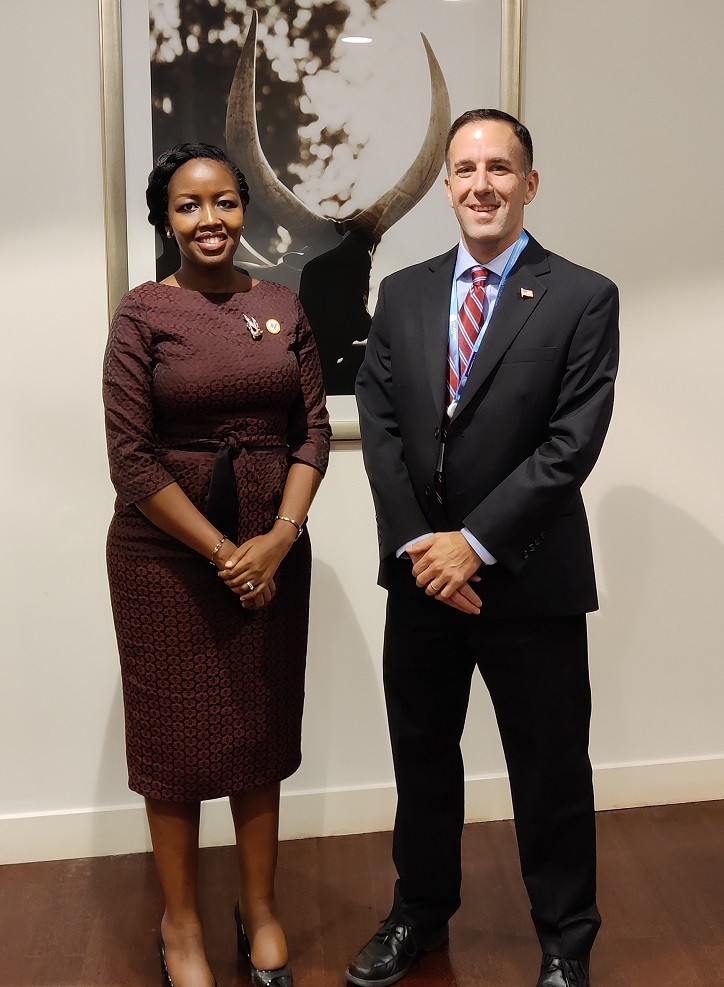
As the availability of high-speed connectivity increases, the demand for connectivity increases. It is a complete game-changer that revolutionizes societies, giving them a tremendous hand-up and launching them into the modern world. When you put a smartphone in the hands of a small shop keeper, suddenly they can take electronic payments, they can market their business, and they can ship their products worldwide. The free exchange of ideas promotes collaboration, and the knowledge of the world is in the palm of their hands. The challenges are real, but they can be overcome. Many American and European telecommunication companies are already doing work in the developing world and can bring that expertise to the table. I challenge all of the telecommunication industry to embark on this endeavor and work together to build an African initiative, starting in Rwanda. This is a unique opportunity for our industry to expand while doing tremendous good in the world, and I look forward to the journey ahead.

